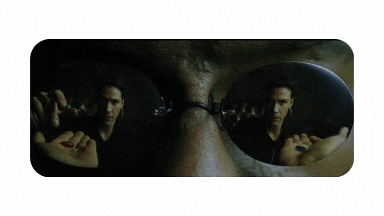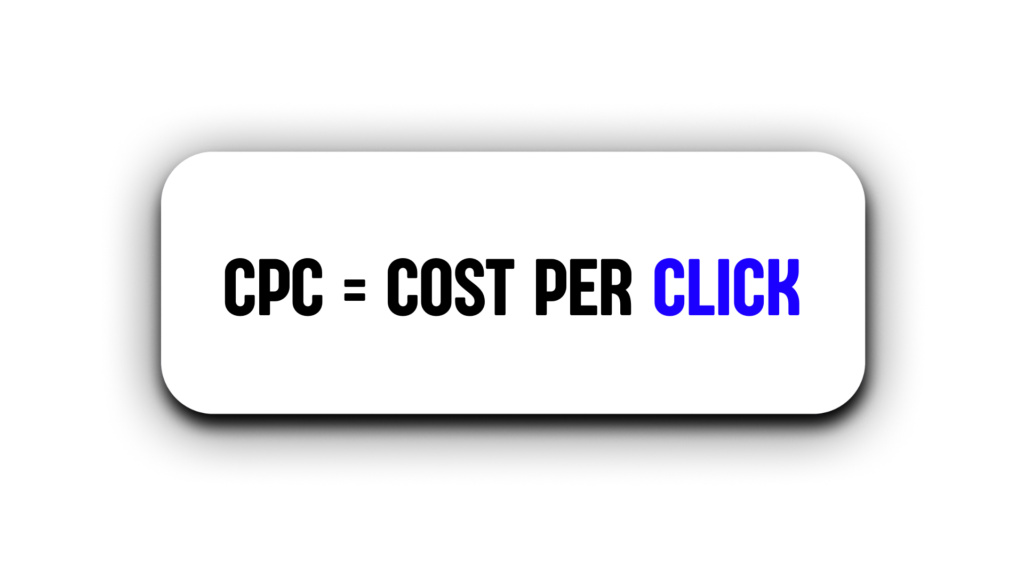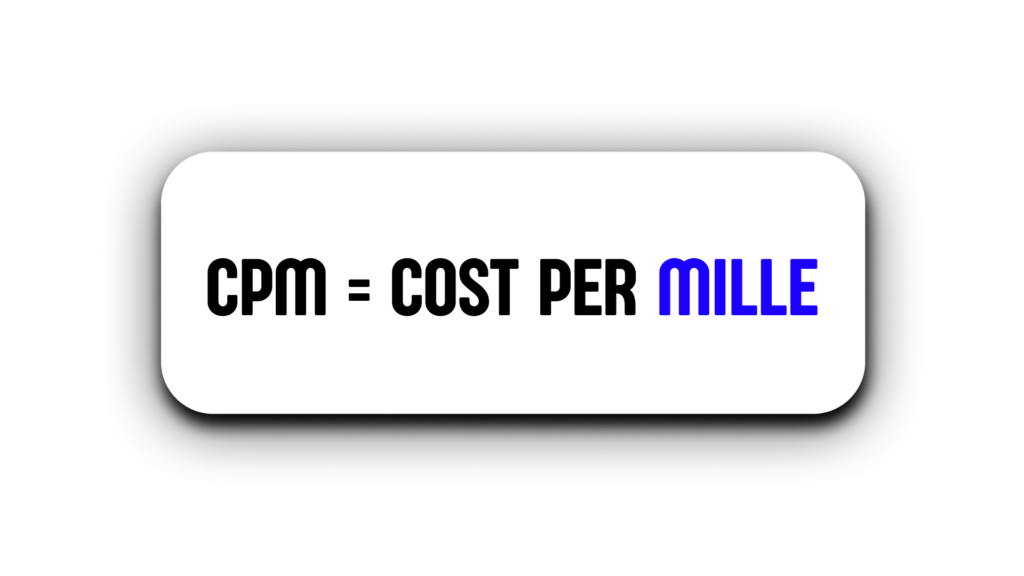
In the realm of digital marketing, various traffic purchasing models are utilized. The success of a campaign and its associated costs directly depend on the chosen pricing model. Let us explore two popular formats: pay-per-click (PPC) and cost-per-impression (CPM), and discuss when each is most appropriate. Additionally, we will share insights on how to determine an effective budget for your advertising campaigns.
What is CPC in advertising?
CPC is a payment model in which the advertiser pays for each click made by users on the advertisement. The name itself stands for Cost per Click, which means “cost per click”.
The main thing in the CPC model is not the number of people who saw the ad, but how many of them showed interest and clicked on the ad.

For example, if 1,200 people viewed your ad, but only 200 clicked on it, payment will be charged only for these 200 clicks.
To avoid inefficient spending of the budget on repeated clicks of the same user, it is recommended to set a limit on the number of clicks from one device per day. This will help prevent a situation where one user repeatedly interacts with the ad, but does not perform the target action.
What is CPM?
CPM or Cost Per Mille means that you need to pay for every 1000 ad impressions. In this case, you do not need to pay extra for clicks on the ad.
However, there is an important caveat: this model does not guarantee that users will take the desired action. For instance, after 1,500 ad impressions, there could be as few as 30 purchases—or none at all.

To minimize risks, it’s crucial to carefully design creatives and landing pages, making them clear and appealing at first glance.
The CPM model is often chosen by advertisers who are confident in achieving a high click-through rate (CTR) for their ads. By using CPM, they can reduce the cost per click compared to the CPC model.
CPM campaigns are particularly effective for brand promotion. The more people see and remember your ad, the greater the potential long-term benefits. This approach works best when the primary goal is increasing brand awareness rather than driving immediate sales.
Additionally, the CPM model is well-suited for advertising popular products, especially when the cost per 1,000 impressions in the chosen ad network is as low as $5.
For successful implementation of CPM, a deep understanding of your target audience and the ability to precisely tailor your ads to them are critical. Not all ad formats allow for such precision. However, by accurately identifying your audience, you can significantly reduce the risk of wasting your budget on ineffective impressions.
CPC or CPM: Which Advertising Payment Model Should You Choose for Maximum Return?
At first glance, the CPC (Cost per Click) model seems more predictable and reliable. It allows you to more accurately predict the number of clicks you will receive based on your budget.

Purchasing traffic using the CPM model is associated with high risks, since it is almost impossible to accurately predict the final result.
In the case of Cost Per Mille, creatives play a key role – they determine whether users will move through the sales funnel. In the process, it is important to pay significant attention to testing and detailed data analysis in order to identify the most effective creative options.
Ultimately, it is not just clicks that matter, but real conversions (for example, registration, purchase or download). And here it is worth making calculations to understand the effectiveness of the campaign.
Let’s say your goal is to sell a skin care set for $15.
Scenario 1: CPC Model
Let’s assume your advertising budget is $150.
The cost per click (CPC) is $0.15.
With this budget, you will receive:
$150 ÷ $0.15 = 1,000 clicks.
Out of these 1,000 clicks, let’s say 70 people decided to purchase your skincare set, priced at $15.
The total revenue from sales would be:
70 × $15 = $1,050.
Net profit:
$1,050 − $150 = $900.
Scenario 2: CPM Model
Now, let’s consider the same budget of $150, but using the CPM model.
You pay $3 for every 1,000 impressions (CPM).
For $150, your ad will be shown:
$150 ÷ $3 × 1,000 = 50,000 impressions.
However, the number of actual purchases depends heavily on the quality of your creatives and how well they resonate with your audience. Let’s assume that out of 50,000 people who saw your ad, 120 decided to buy your skincare set, priced at $15.
The total revenue from sales would be:
120 × $15 = $1,800.
Net profit:
$1,800 − $150 = $1,650.
Key Considerations:
CPM carries higher risks due to unpredictable outcomes, but creatives play a critical role in driving conversions. Testing and optimization are essential to maximize results.
While CPC offers predictability, CPM can deliver higher returns if your ads resonate well. Use CPM for scaling only after identifying winning creatives and landing pages to minimize risks.
Ultimately, the choice depends on your goals, confidence in creatives, and risk tolerance.
Leave a Reply